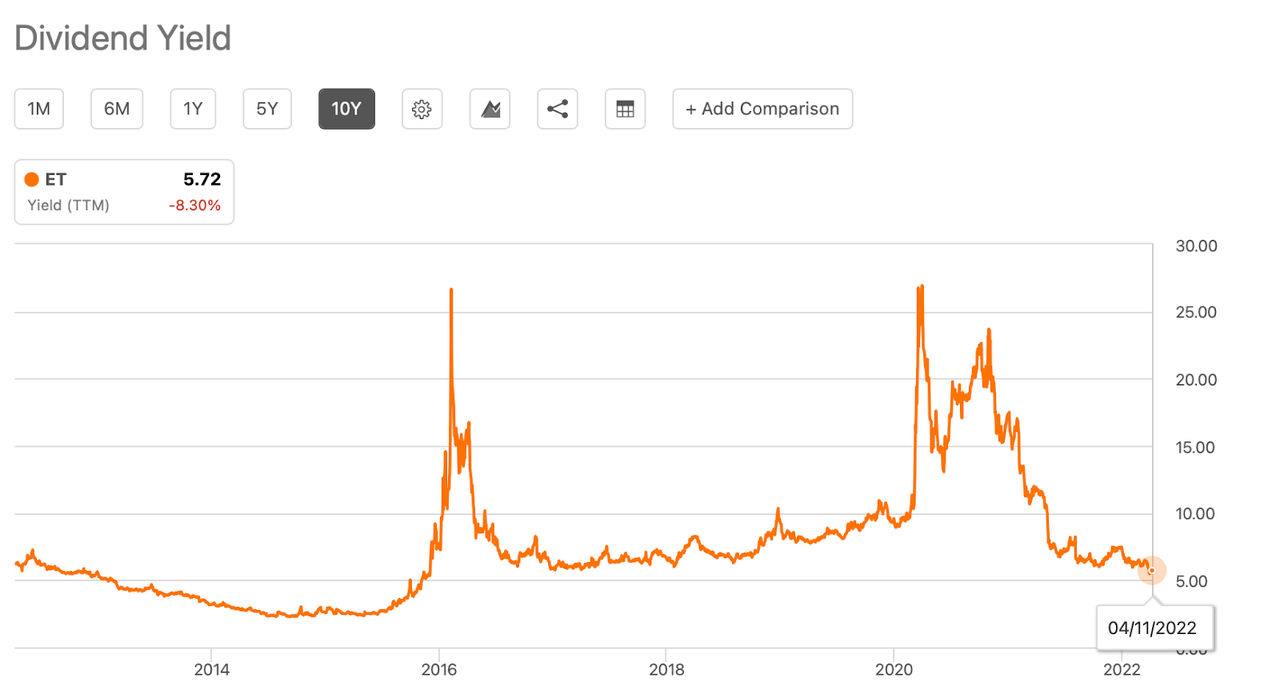
The article provides information on the results of technical analysis research in developed and emerging markets. It also addresses the core assumptions behind technical analysis. Learn about market indicators used by technical analysts as well as the advantages and disadvantages of using computers in this area. The article also includes information about technical analysts' use of research to assist them in making decisions.
Results of technical analysis research in emerging and developed countries
A lot of research has been done in recent years to determine whether classical technical analysis is a good way to invest in stocks or other assets. However, this type of investment isn't profitable in developing countries. The authors reviewed several studies to determine whether this method is profitable in developing and developed countries.
Park and Irwin looked at the most recent studies. They concluded that most of these studies had positive results when using technical analysis. They did however note that these studies have a few problems, including data manipulation and ex-post strategies.

Technical analysis: The fundamental assumptions
Technical analysis research is fundamentally based on the notion that price patterns will repeat themselves. This principle has been around for over 100 years and is still as effective today as it was in the past. Technical analysts use price charts to look for these patterns and then make inferences about their likely future behavior. Before trading stocks, technical analysts need to consider several things.
First, technical analysis is not perfect. Although technical analysis may prove useful in some situations, it fails to accurately forecast the future. This is because lagging indicators don't accurately predict future events but only past events. You should be cautious when using lagging indicator. Instead, look for trends that aren't just a result of past events.
Technical analysts use market indicators
Technical analysts have a wide range of market indicators that they use, including momentum readings (moving averages), volume patterns, breakout signals and volume patterns. These indicators give traders a different perspective on price action and help them to identify potential profit points. They are calculated mathematically from prices, trading volume (open interest data), and investor sentiment. These indicators are used to identify entry and departure points in the market by traders. They may be used in conjunction with other indicators.
Technical analysts also use the relative strength indicator. This indicator is used to determine the strength of a trend and can be useful when it is too strong or too weak. The Bollinger Bands and the moving average (MACD) are also common indicators. These indicators are useful in identifying excessively bought and too sold levels. They provide insight into the supply/demand of a security.

Computers for technical analysis have their drawbacks
There are many benefits to using computers for technical analysis research, but there are also some drawbacks. Some people claim that it does not provide actionable information and that the patterns visualized are dubious. Although it can be very helpful in identifying trends it should be used alongside other research methods to minimize risk and maximize returns.
One of the primary advantages of using a computer for technical analysis research is speed. You can analyze the market quicker with access to real-time statistics than you would with a human analyst. There is one problem: you do not have the training required to read charts. This can lead to analysis paralysis.
FAQ
Why are marketable securities important?
An investment company exists to generate income for investors. It does this by investing its assets into various financial instruments like stocks, bonds, or other securities. These securities offer investors attractive characteristics. They may be considered to be safe because they are backed by the full faith and credit of the issuer, they pay dividends, interest, or both, they offer growth potential, and/or they carry tax advantages.
A security's "marketability" is its most important attribute. This refers to the ease with which the security is traded on the stock market. Securities that are not marketable cannot be bought and sold freely but must be acquired through a broker who charges a commission for doing so.
Marketable securities include corporate bonds and government bonds, preferred stocks and common stocks, convertible debts, unit trusts and real estate investment trusts. Money market funds and exchange-traded money are also available.
These securities are preferred by investment companies as they offer higher returns than more risky securities such as equities (shares).
How do you invest in the stock exchange?
Brokers can help you sell or buy securities. Brokers can buy or sell securities on your behalf. Trades of securities are subject to brokerage commissions.
Brokers often charge higher fees than banks. Because they don't make money selling securities, banks often offer higher rates.
A bank account or broker is required to open an account if you are interested in investing in stocks.
If you are using a broker to help you buy and sell securities, he will give you an estimate of how much it would cost. This fee is based upon the size of each transaction.
Ask your broker about:
-
The minimum amount you need to deposit in order to trade
-
Are there any additional charges for closing your position before expiration?
-
What happens to you if more than $5,000 is lost in one day
-
How long can you hold positions while not paying taxes?
-
How much you are allowed to borrow against your portfolio
-
Whether you are able to transfer funds between accounts
-
how long it takes to settle transactions
-
The best way for you to buy or trade securities
-
how to avoid fraud
-
how to get help if you need it
-
Can you stop trading at any point?
-
Whether you are required to report trades the government
-
How often you will need to file reports at the SEC
-
Whether you need to keep records of transactions
-
How do you register with the SEC?
-
What is registration?
-
How does this affect me?
-
Who is required to be registered
-
When do I need registration?
What is the difference between non-marketable and marketable securities?
The key differences between the two are that non-marketable security have lower liquidity, lower trading volumes and higher transaction fees. Marketable securities are traded on exchanges, and have higher liquidity and trading volumes. They also offer better price discovery mechanisms as they trade at all times. But, this is not the only exception. Some mutual funds are not open to public trading and are therefore only available to institutional investors.
Non-marketable securities tend to be riskier than marketable ones. They are generally lower yielding and require higher initial capital deposits. Marketable securities are usually safer and more manageable than non-marketable securities.
A large corporation may have a better chance of repaying a bond than one issued to a small company. Because the former has a stronger balance sheet than the latter, the chances of the latter being repaid are higher.
Marketable securities are preferred by investment companies because they offer higher portfolio returns.
Is stock marketable security?
Stock is an investment vehicle that allows investors to purchase shares of company stock to make money. This is done via a brokerage firm where you purchase stocks and bonds.
You can also directly invest in individual stocks, or mutual funds. There are more than 50 000 mutual fund options.
These two approaches are different in that you make money differently. Direct investments are income earned from dividends paid to the company. Stock trading involves actually trading stocks and bonds in order for profits.
Both of these cases are a purchase of ownership in a business. You become a shareholder when you purchase a share of a company and you receive dividends based upon how much it earns.
Stock trading allows you to either short-sell or borrow stock in the hope that its price will drop below your cost. Or you can hold on to the stock long-term, hoping it increases in value.
There are three types to stock trades: calls, puts, and exchange traded funds. Call and put options give you the right to buy or sell a particular stock at a set price within a specified time period. ETFs are similar to mutual funds, except that they track a group of stocks and not individual securities.
Stock trading is very popular since it allows investors participate in the growth and management of companies without having to manage their day-today operations.
Stock trading can be a difficult job that requires extensive planning and study. However, it can bring you great returns if done well. To pursue this career, you will need to be familiar with the basics in finance, accounting, economics, and other financial concepts.
Statistics
- "If all of your money's in one stock, you could potentially lose 50% of it overnight," Moore says. (nerdwallet.com)
- US resident who opens a new IBKR Pro individual or joint account receives a 0.25% rate reduction on margin loans. (nerdwallet.com)
- The S&P 500 has grown about 10.5% per year since its establishment in the 1920s. (investopedia.com)
- Even if you find talent for trading stocks, allocating more than 10% of your portfolio to an individual stock can expose your savings to too much volatility. (nerdwallet.com)
External Links
How To
How to Trade Stock Markets
Stock trading can be described as the buying and selling of stocks, bonds or commodities, currency, derivatives, or other assets. Trading is French for traiteur, which means that someone buys and then sells. Traders buy and sell securities in order to make money through the difference between what they pay and what they receive. This is the oldest type of financial investment.
There are many methods to invest in stock markets. There are three main types of investing: active, passive, and hybrid. Passive investors do nothing except watch their investments grow while actively traded investors try to pick winning companies and profit from them. Hybrid investor combine these two approaches.
Passive investing is done through index funds that track broad indices like the S&P 500 or Dow Jones Industrial Average, etc. This type of investing is very popular as it allows you the opportunity to reap the benefits and not have to worry about the risks. You just sit back and let your investments work for you.
Active investing is the act of picking companies to invest in and then analyzing their performance. Active investors look at earnings growth, return-on-equity, debt ratios P/E ratios cash flow, book price, dividend payout, management team, history of share prices, etc. They then decide whether they will buy shares or not. If they believe that the company has a low value, they will invest in shares to increase the price. On the other side, if the company is valued too high, they will wait until it drops before buying shares.
Hybrid investment combines elements of active and passive investing. Hybrid investing is a combination of active and passive investing. You may choose to track multiple stocks in a fund, but you want to also select several companies. In this case, you would put part of your portfolio into a passively managed fund and another part into a collection of actively managed funds.